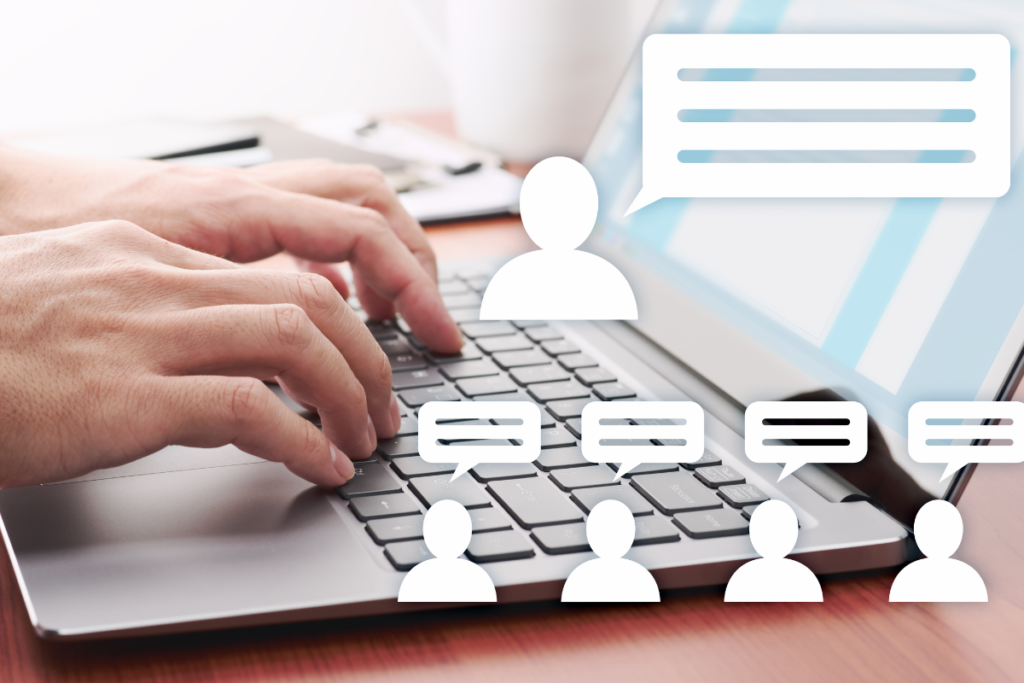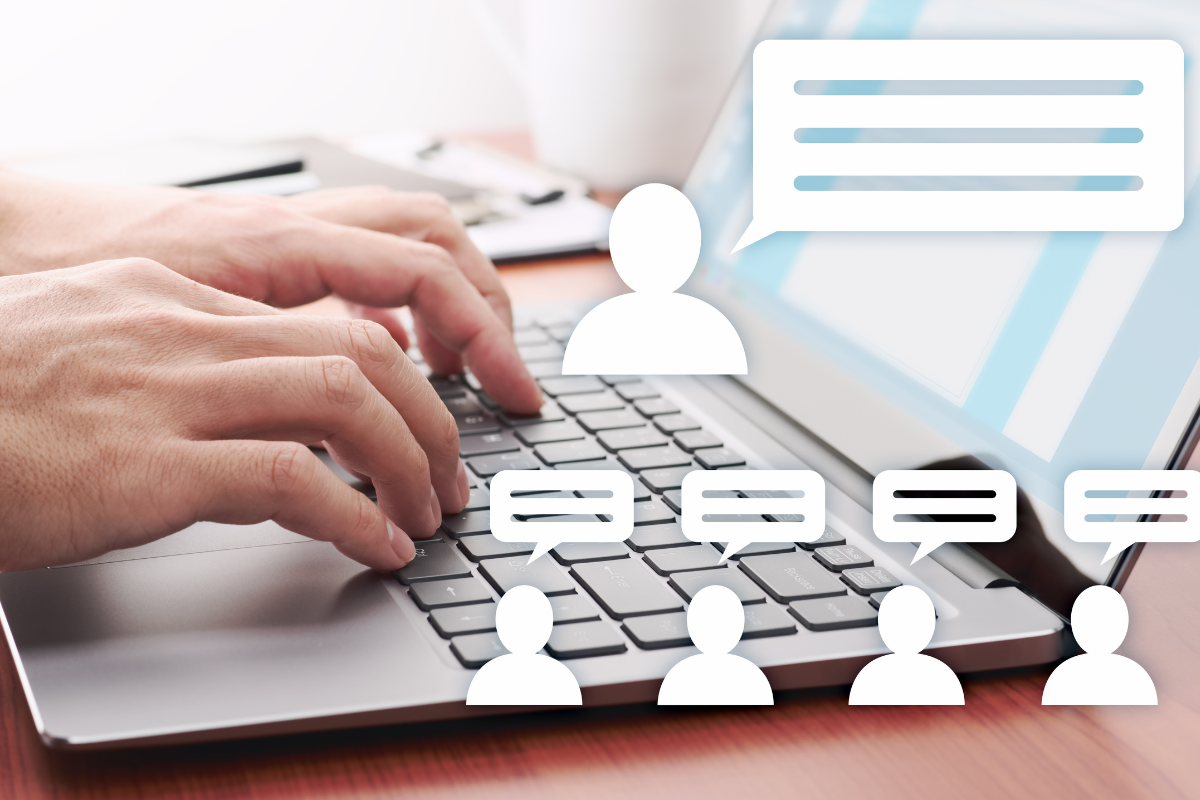Automating LinkedIn messaging is a powerful tool for reaching out to potential customers and streamlining the outreach process. It involves using software or tools to automate sending messages to potential customers on LinkedIn. It can save time and effort, allowing companies to reach a wider audience with minimal effort.
By automating messaging, companies can focus on other essential aspects of their work, such as building relationships with customers and improving their products or services.
Benefits of automating LinkedIn messaging
One of the most essential benefits of automating LinkedIn messaging for leads is the ability to reach a wider audience. By sending messages to a large number of potential customers, companies can increase their chances of finding new leads and generating more sales.
Automation also allows for more efficient and consistent outreach, ensuring that no leads are missed. In addition, automation can help companies save time and resources, as the process can be done quickly and easily.
Despite the benefits of automation, it is essential to remember the importance of personalization. While automation can help save time, it is critical to ensure that messages are still tailored to the individual recipient. It means taking the time to research potential customers and craft messages that are relevant to their interests and needs.
Personalization can help build trust and establish a connection with potential customers, increasing the chances of a successful conversion. By using a combination of personalized approaches and strategic automation, companies can optimize their outreach efforts and achieve greater success in their marketing efforts.
Set up LinkedIn automation to reach out to potential customers.
Automating LinkedIn messages to potential clients can be an effective way to streamline your outreach process and focus on building relationships. To get started, the first step is to choose a LinkedIn automation tool that aligns with your specific needs and goals.
There are several options available, ranging from free tools like LinkedIn Sales Navigator to paid services like Dux-Soup and Zopto. Once you’ve selected a tool, you can start to set up your automation process.
The next step in automating your LinkedIn messaging is to create and import a list of leads. This list should include profiles that align with your target audience and business goals.
You can use LinkedIn’s Lead Lists feature to track your leads and easily access their profiles. Once you have your list, you can customize message templates and follow-up sequences.
Customizing message templates and follow-up sequences is critical in automating your LinkedIn outreach. You want to ensure your messages are personalized and relevant to each lead. LinkedIn Recruiter offers message templates that can be used to send mass communications to candidates without the need to rewrite the same message repeatedly.
In addition, you can use LinkedIn Page Analytics to track the effectiveness of your messages and adjust your approach as needed. By following these steps and customizing your outreach process, you can effectively automate your LinkedIn messages and focus on building meaningful relationships with prospects.
Best practices for using LinkedIn automation to reach out to leads

One of the best practices for using LinkedIn automation to reach out to leads is to implement A/B testing message templates and follow-up sequences. A/B testing involves sending two versions of a message to a random sample of leads to see how they react. It permits you to identify your most effective sequences and optimize your outreach efforts for better results.
Analyzing metrics such as response rate to follow-up messages and post engagement can help you understand which approaches resonate with your target audience. By continually testing and refining your message templates and follow-up sequences, you can improve the effectiveness of your outreach and increase the likelihood of converting leads into customers.
Another important aspect of using LinkedIn automation to reach out to potential customers is to monitor and adjust automation performance. While automation can save time and increase efficiency, it is essential to ensure that it is working effectively and not negatively impacting your outreach efforts.
Regularly monitoring metrics such as open rates, response rates, and conversion rates can help you identify any problems and make the necessary adjustments to your automation strategy. It includes modifying message templates, adjusting follow-up sequences, and adjusting your targeting criteria.
It is essential to balance automation with personalized communication for optimal results. While automation can save time and increase efficiency, it is essential to maintain a human touch in your outreach efforts. Research the company and the individual to personalize your approach and use data and insights to make your message more relevant.
Personalization can increase the likelihood of a response and help build a relationship with potential customers. Use LinkedIn automation tools such as Sales Navigator to automate personalized email sequences and generate targeted content recommendations. By striking the right balance between automation and personalization, you can optimize your outreach efforts and achieve better results.
Importance of personalization when using automation for LinkedIn messages.
Personalization is crucial even when using automation for LinkedIn messages because it helps build genuine connections with potential customers. Personalized messages demonstrate a genuine interest in the recipient and can significantly impact the effectiveness of outreach efforts.
Now, when selecting a LinkedIn automation tool, consider factors such as the tool’s ability to customize message templates and follow-up sequences, its compatibility with your outreach goals, its reputation for delivering messages within LinkedIn guidelines, and its user interface for ease of use.

